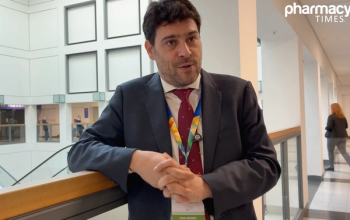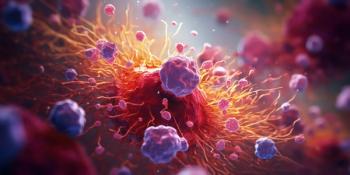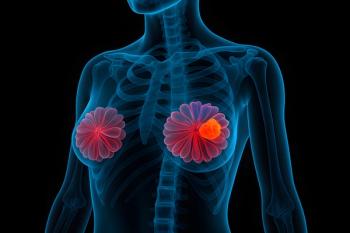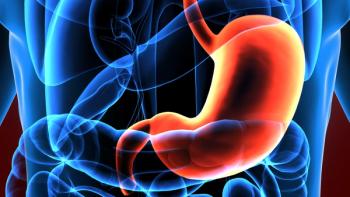
C.diff Captures Blood Cell Cofactor to Build Defensive Shield
The findings reveal a unique mechanism for C.diff survival in the human gut and suggest novel strategies for weakening its defenses, according to the study authors.
Scientists at Vanderbilt University Medical Center have identified a Clostridioides difficile (C.diff) protein system that senses and captures heme, which is a part of hemoglobin, to build a protective shield that fends off threats from our immune system and antibiotics, according to a study published in the Cell Host & Microbe journal.
The findings reveal a unique mechanism for C.diff survival in the human gut and suggest novel strategies for weakening its defenses, according to the study authors.
C.diff causes diarrhea and inflammation of the colon, and individuals who take antibiotics have an increased risk of C.diff infection, whereas 20% of patients suffer recurrent C.diff infections despite treatment, according to the study.
When C.diff colonizes the gut, it produces toxins that cause tissue damage and inflammation. Blood cells burst, releasing heme, the part of hemoglobin that binds iron and oxygen.
“Organisms that experience large amounts of heme have to have ways to deal with heme toxicity,” said Eric Skaar, PhD, MPH, director of the Vanderbilt Institute for Infection, Immunology and Inflammation, in a press release. “We wanted to understand how C. diff deals with heme exposure.”
The research team found that C.diff exposed to heme increases expression of a protein system that had not been previously studied. They named the system “HsmRA” and showed that HsmR senses heme and deploys HsmA to capture it. Further, the team found that the HsmRA system is genetically conserved in many bacterial species, according to the study.
Skaar noted that the binding of heme in the bacterial membrane by HsmA serves a protective purpose, first by simply reducing the concentration of free heme. Additionally, the researchers discovered that HsmA uses heme binding to protect C.diff from oxidative stress, including stress produced by neutrophils and macrophages from our immune system to kill bacteria.
“C. diff is using cofactors from our own cells as a shield to protect against our innate immune response,” Skaar said in the press release. “Antibiotics have different molecular targets—they may prevent cell wall synthesis; they may prevent protein translation—but the net result of that stress on the cell is often the massive accumulation of oxidative stress that many believe to be a major contributor to why antibiotics kill bacteria.”
Skaar added that the research team found an impressive phenotype with vancomycin and metronidazole, 2 of the front-line antibiotics used to treat C.diff.
“C. diff that expresses HsmA, when HsmA is bound to heme, is much more resistant to vancomycin and metronidazole,” Skaar said.
Further, the team showed that C.diff strains with inactivated HsmR or HsmA had reduced colonization in a mouse model of relapse C.diff infection, although Skaar mentioned it has not been clear why C.diff produces toxins that cause so much tissue damage.
“It’s interesting to speculate that a benefit of toxin-related damage is that C. diff can capture liberated heme and use it as a shield to protect itself against various insults that cause oxidative stress—that would be immune cells, antibiotics and potentially other bacteria,” Skaar said in a press release.
The findings from this study suggest that targeting the HsmA-heme shield might increase the sensitivity of C.diff to antibiotics such as vancomycin and metronidazole, according to the authors. However, it is not clear that HsmA, a membrane protein, will be a druggable target, according to Skaar.
The research team intends to explore whether they can increase the sensitivity of C.diff to antibiotics by co-administering a heme-binding protein during infection in an animal model.
Other studies will analyze whether the HsmRA system that is genetically conserved in many different organisms has the same functional role to protect against reactive oxygen species and to understand the exact mechanism that HsmA-heme uses to detoxify oxidative stress.
REFERENCE
C.diff captures blood cell cofactor to build defensive shield. VUMC Reporter.
Newsletter
Stay informed on drug updates, treatment guidelines, and pharmacy practice trends—subscribe to Pharmacy Times for weekly clinical insights.






















































































































































































































